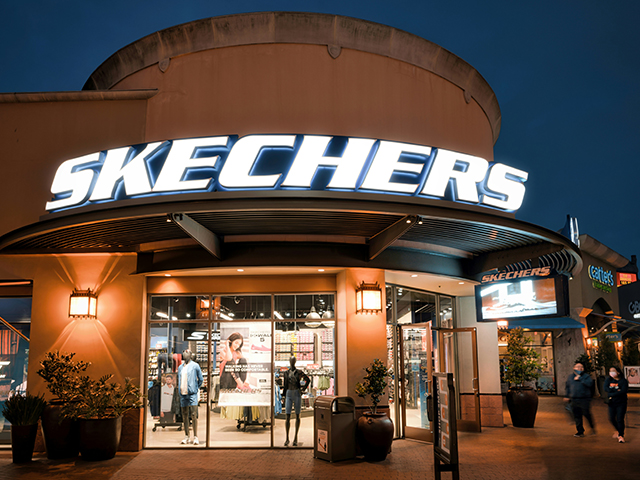Background
The core competitive advantage of designer brands lies in the scarcity of niche items. Store inventory is limited, with only 1-2 pieces per style and color, making customers highly susceptible to churn if an item is out of stock. Furthermore, niche items are often mixed with regular items during production, leading to high error rates in factory packing, which disrupts store sales schedules. In addition, traditional anti-counterfeiting methods fail to reflect the "uniqueness of limited editions," making it difficult to meet customer expectations for "unique value." Therefore, brands need to leverage technology to address three key issues: "protecting scarce items," "serving niche demands," and "conveying anti-counterfeiting value."
Business Challenges
Easy to Miss Items During Inspection: Due to dispersed SKUs, manual inventory checks are prone to errors, and failure to replenish stock in a timely manner after stockouts leads to "nothing to sell" when customers inquire in-store.
Incorrect Packaging: When niche and standard items are mixed during packing at the factory production end, manual sorting is prone to errors, impacting the store's sales rhythm.
Fragmented Inventory: Inventory is not integrated between brick-and-mortar stores and e-commerce warehouses (showing online availability but no stock in-store), leading to fulfillment failures and significant lost conversions when customers attempt in-store pickup.
Solution
One Item, One Code: Anti-Counterfeiting and Traceability
Each product is embedded with an RFID tag, linked to product identity information such as production batch, fabric origin/weight, and quality inspection reports. Connecting to the ERP quality inspection database allows for viewing full-chain information and verifying authenticity.
Precise Inventory Verification
During factory packing, RFID tablets enable batch reading. In warehouses, RFID tunnel readers efficiently identify items during inbound/outbound operations and inventory counts. Integration with the WMS system allows for automatic verification and confirmation of order consistency with actual packaging.
Real-Time Inventory Synchronization Across All Channels
Through collaboration with the ERP system, real-time synchronization of accurate inventory data between retail stores and e-commerce warehouses is achieved. When customers place orders online, the "available at nearby stores" option is prioritized.
Impact&Results
Inventory count time significantly reduced.
Employee work efficiency substantially improved.
Inventory accuracy increased to 99.9%.
Reduced inventory discrepancies and product loss.
Decreased reliance on manpower.
Lowered operating costs.
25 Years of Industry Expertise · RFID Digital Solutions
Focused on the Fashion Industry
Serving 100+ Fashion Apparel and Footwear Brands











